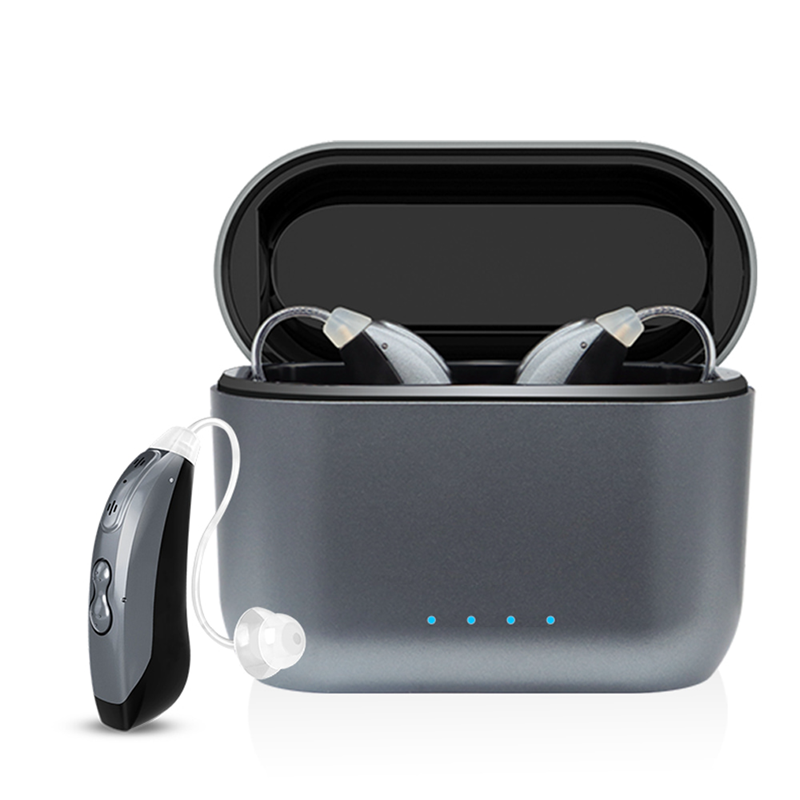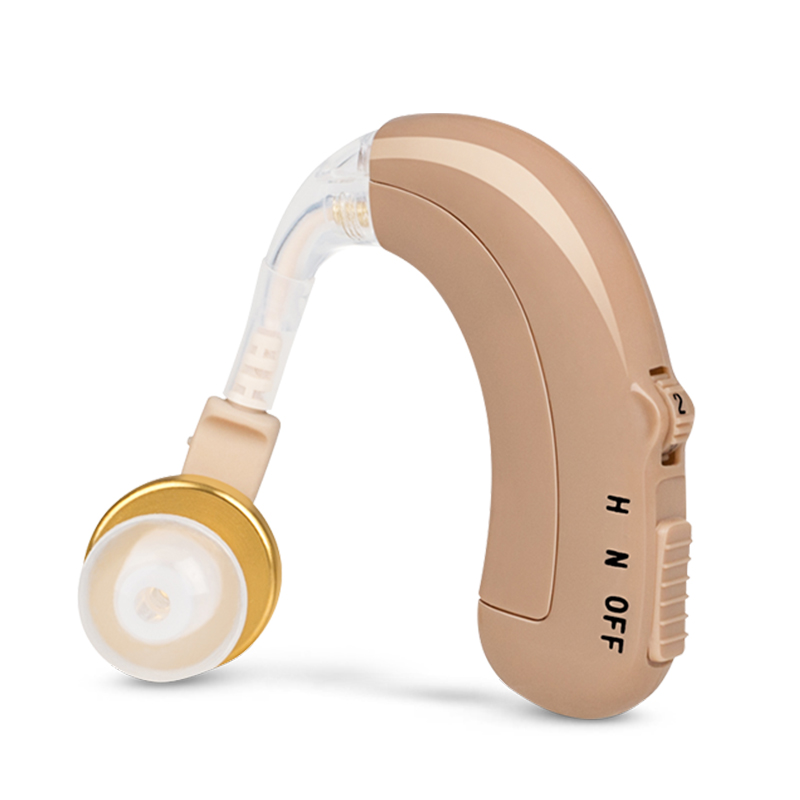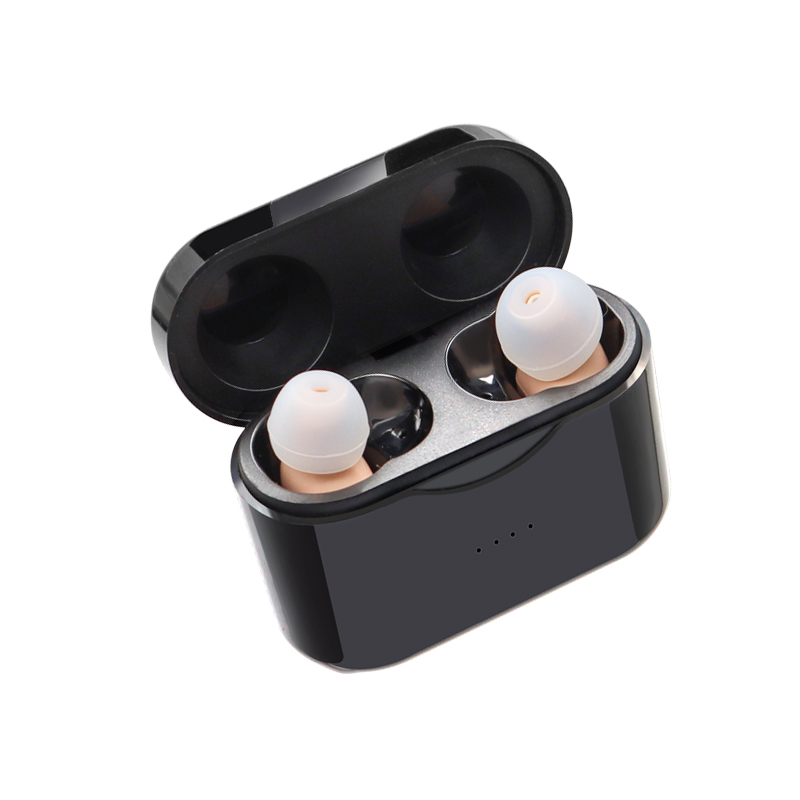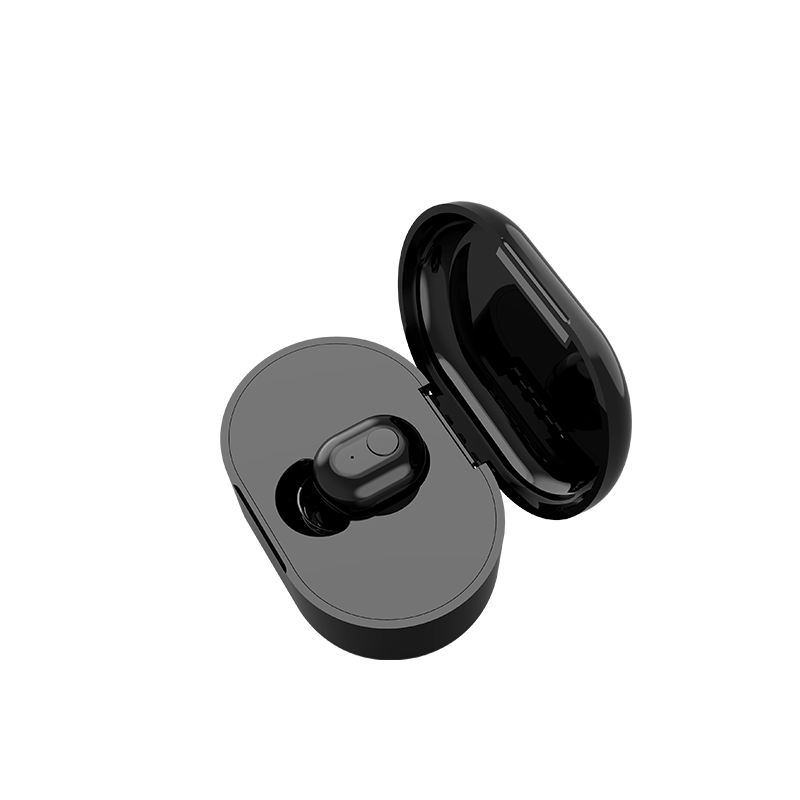
What is the normal human hearing range in hertz and decibels?
Every sound we hear begins as sound waves or vibrations which enter our ear canals and are transformed into signals that our brains can understand and translate. However, instead of processing every single sound wave around us at all times, the human brain has developed an audible frequency range, also known as the human hearing range, to register sounds within specific frequencies.
Generally, the range of human hearing spans 0 decibels (dB) to 120-130 dB. The human hearing range in Hz (hertz) usually includes sounds between 20 Hz and 20,000 Hz (20 kHz). While the upper limit for the average adult is 20,000 Hz, the highest-pitched sounds most people can hear fall between 15,000 to 17,000. Human infants can actually hear slightly above standard human hearing frequency range, picking up on some frequencies over the 20,000 Hz limit. However, they usually lose that high-frequency perception as they grow older.
While 20 to 20,000 Hz is considered to be the normal human hearing frequency range, this set of numbers isn’t the same for everyone—the frequency range of human hearing can change depending on age, continued exposure to loud noises or other hearing loss risk factors. As we age, the upper limit of the human range of hearing can decrease to around 14,000 Hz or lower.
What is the difference between hertz and decibels?
In the most basic terms, sound is energy that travels in waves, and is scientifically defined as vibrations that move through a medium. So, sound is created by energy vibrating in waves through a substance such as water or air. These waves are measured in two ways: frequency (Hz) and amplitude (dB). What is the difference between hertz and decibels, and how do they affect how we understand sound?
- Frequency is measured in hertz (Hz) and calculates the number of sound vibrations in a single second. The number of vibrations per second relates to how low- or high-pitched a sound is. If the vibration number per second is high, then the sound is considered high-pitched. On the other hand, if the number of vibrations per second is low, then the sound is deemed low-pitched. Hz is also a more fixed type of measurement; it has basic dimensions per time and is an absolute unit, meaning that external factors don’t impact its measurements.
- Amplitude is measured in decibels (dB) and measures the pressure or force of the sound waves. This translates to the volume or intensity of the sound. Unlike hertz, decibels are measured logarithmically, a calculation of something that increases exponentially. For example, if a sound is measured at 0 dB, a sound expressed as 10 dB is actually 10 times louder than the first sound. Decibels can also be impacted by factors like air pressure and what kind of medium the sound is traveling through. For example, a sound traveling through water will have a different decibel measurement than a sound traveling through the air.
While the primary difference between hertz and decibels lies in what part of sound each measure, both are useful tools for measuring hearing loss and developing an understanding of a person’s current hearing level.
What are the highest and lowest frequencies humans can hear?
Because everyone’s hearing range is slightly different, there is not an absolute cut-off point between the normal hearing range and sounds below the lowest audible frequency. However, the human hearing range is generally thought to start at the lowest hertz humans can hear: 20 Hz. Anything below that frequency is considered infrasound. While these sounds are beyond the lowest frequency humans can hear, there are many sources that both produce and perceive sound in this range.
Infrasound sources are often found in nature, with forces of nature, such as volcanoes, avalanches, wind, thunder, waterfalls and earthquakes all produce infrasonic waves. Many animal species use this type of sound for communication, such as elephants, whales, giraffes and alligators. While we cannot hear them, some human activities, such as propellers of large ships, sonic booms and low-speed wind turbines, can also produce infrasonic sound waves.
On the other end of the spectrum, the highest Hz humans can hear is considered to be 20,000 Hz. While this is the highest audible frequency for adults, some children and young adults can hear sounds above this level. Known as ultrasound, this type of sound includes frequencies above the highest frequency humans can hear. Similarly to infrasound, ultrasound is understood and utilized by animals, including bats, whales, dolphins and dogs. For humans, these very high-frequency waves are used in fields like navigation, medicine, imaging, cleaning and communication.
Hearing ranges for people with hearing loss
In order for a sound to be heard, it must be above a certain level, known as the auditory threshold. The human hearing threshold is generally about 0 dB, with the range going up to about 130 dB. If a person experiences hearing loss, that threshold of hearing becomes higher and the range of sounds that can be heard shifts. Hearing loss ranges from mild to moderate to severe, and where the ability to hear begins and ends on that range is highly individual. Here you can find the different degrees of hearing loss with respective hearing loss range:

This range, in combination with Hz, can help determine the degree of hearing loss you have in each ear.
How to assess your hearing frequency range
If you’ve noticed a change in your hearing, or suspect you’re unable to hear sounds at specific decibel levels, a hearing range test can help determine your current hearing level. Also known as an audiogram, a hearing test is conducted by a hearing care professional (HCP) and measures your ability to hear variations in dB and Hz. Your audiogram will test hearing to determine the decibel level at which you can hear specific frequencies, establishing your hearing threshold.
The hearing test frequency range will generally focus on testing frequencies between 250 Hz and 8,000 Hz, or more, as needed. Once your test is complete, your hearing care professional (HCP) will review the audiogram with you to understand the results and what your specific degree of hearing loss is. Your HCP is not only a great resource for testing hearing—they can also guide you along your hearing health journey, helping you determine the necessary next step to help you hear to the fullest.
If you’ve noticed a change in how well you’re able to hear a range of sounds, schedule an appointment at your local Miracle-Ear to speak with a hearing care professional and test your hearing today.
The above is the interpretation of Understanding Decibels and Hertz: The Science of Hearing provided by Chinese hearing aid supplier Shenrui Medical. Link https://www.srmcm.com/Blog/Understanding_Decibels_and_Hertz_The_Science_of_Hearing.html of this article is welcome to share and forward. For more hearing aid related information, please visit Blog or take a look at our Hearing aids products















